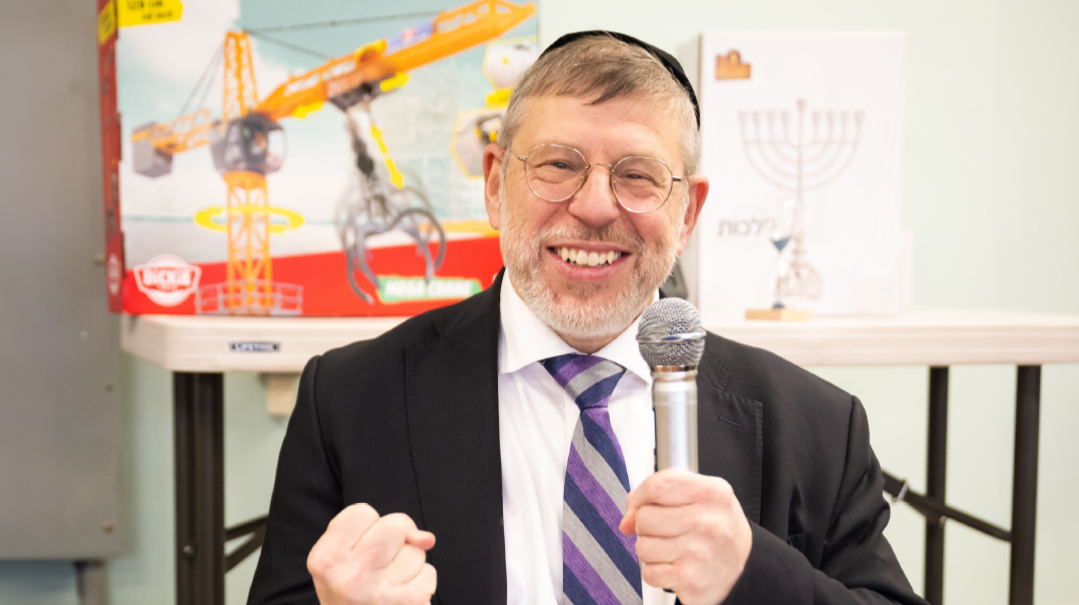Blatt Battles
| January 2, 2024Rabbi Shmuel Rabi brings the game show spirit to a classroom near you

Photos: Avi Gass
With the fast-paced energy of a game-show style competition, Rabbi Shmuel Rabi's Rischa D'oraisa program gets elementary school boys to dig into their knowledge base and apply what they're learning to different scenarios — because there's no greater antidote to the outside world than the competitive adrenaline of kedushah
It’s the middle of the school day this afternoon, and most hallways in this Lakewood, New Jersey, elementary school building are empty. But in one wing, right past the light-brown double doors that lead to the staircase, swarms of boys are eagerly heading in the same direction. Some are moving quickly, making a beeline for the beis medrash, while others stroll leisurely, schmoozing along the way, but they all have a bounce in their step.
They file into the beis medrash, filling up most of the room. Two administrators are already there, and in the center stands a middle-aged man of average height with a trim beard. As the last kids find their places, Rabbi Shmuel Rabi finishes setting up two electronic scoreboards. He then turns to the rebbeim to briefly demonstrate how to operate the remote controls for today’s program, which will be for all three sixth- grade classes, about 90 boys in all.
”You’ll figure it out quickly,” Rabbi Rabi assures the rebbeim in a distinct English accent.
He is just about ready to start his Rischa D’oraisa program, but first, one of the principals gives a pep talk.
“We want this to be leibedig,” he announces. “But we still need to make sure it doesn’t get too leibidig….” The boys smile; the point has been made.
Now Rabbi Rabi is up. “Let me explain how this works,” he says.
Eager to get going, he briefly delineates the process: He will shoot a carefully crafted question at one team. He’s not looking for one volunteer — “We want teamwork here,” he instructs — and he wants the entire team to discuss it. Only once they’ve reached a conclusion can they provide an answer. Should they get it right, four points. Get it wrong, and the question gets passed to the next team, for a chance to win two points. (Rabbi Rabi can also add points for participation or take off points if a team gets too rowdy; hopefully that won’t happen.)
The boys make up three teams, divided along class lines: Aish, Mayim, and Midbar (for larger grades Rabbi Rabi adds a fourth team — Ruach). The questions will be about the perek of Hakoneis, which is what they’re learning in Gemara, and the program is tailor-made for this group, calibrated for their level. Rabbi Rabi doesn’t ask open-and-shut questions. He presents cases, scenarios, and dilemmas, and the boys need to review the material they’ve learned to figure out which Gemara is relevant and how to apply it correctly.
Rabbi Rabi fires a question at Team Aish: “The Mishnah says if sheep ran out of its properly enclosed pen and caused damage, the owner doesn’t have to pay. But what happens if the sheep ate someone else’s fruit rather than just damaging it?”
First, silence.
“Discuss it! Discuss it!” he encourages the boys.
Oops! We could not locate your form.







